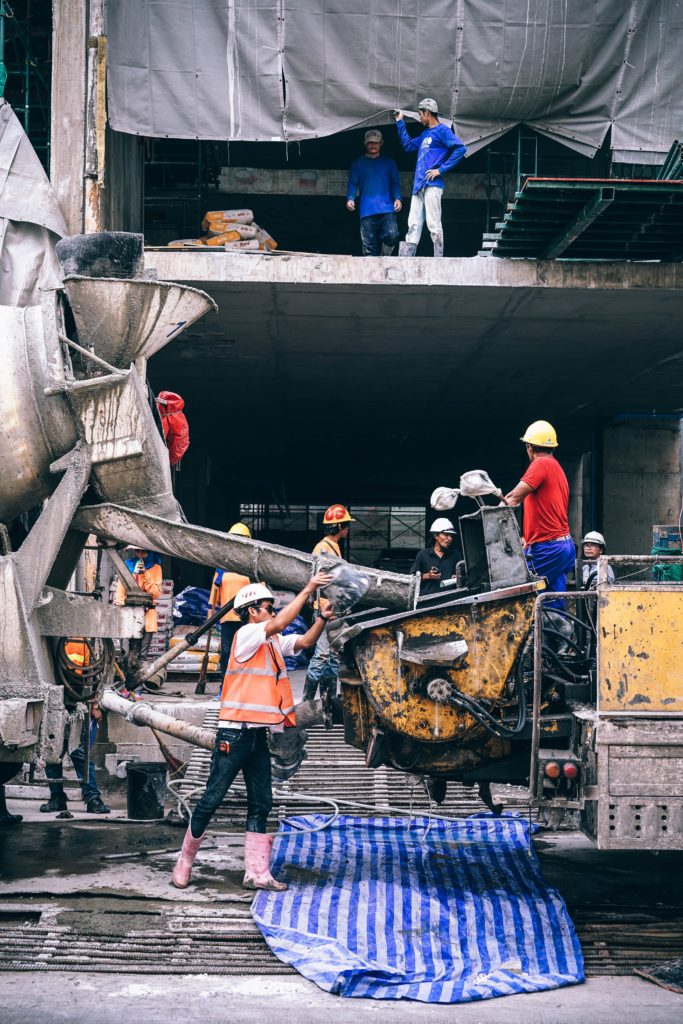Construction project controls – or ‘estimating and CPM scheduling,’ are seldom served up the same way between industries. Rather, they are variously interpolated into something that is representative of a contractor’s level of service, standard of care, and integrity. The difference in approaches to project controls can vary widely between industries. Performance can be measured qualitatively, if not heuristically.
Over the years, I have come to realize a hierarchy of construction project controls integrity between the building industry, and others, such as aerospace, oil and gas, nuclear, processing, armament, aviation, with building and construction occupying the lowest performance level rating and level of integrity. Within the building industry exists wide disparities in performance are typical.
Low functioning project controls performance is either driven by apathy, incompetence, ignorance, or dishonesty.
In 1992, my first teacher of estimating proper took a fundamentalist approach that represented the most examined due diligence approach that I have encountered. We will call him ‘Roy.’ Roy’s approach was beguilingly simple: take-off (quantify) each and every component of the scope of work. For example, I wouldn’t just calculate running feet of a partition or ceiling type; I would quantify the metal track and stud, gypsum board, and even the screws.
‘My first foray into project controls was both bootstrap and bootcamp. The sarge was out of his gourd.
Counting screws seemed petty – even nutty – at the time. When I moved on to another firm, I no longer counted screws, but I brought a holistic approach to construction project controls that would make me extremely diligent, efficient, and accurate in my work. Errors and omissions in my work were rare. Qualifications and budgets for work not included, absent design information, and any other unknown were exhaustively iterated at the end of the study. All my jobs made handsome profits.
‘You’d think after being burned so many times contractors would read the ‘memo’
Contractors today would like to realize handsome profits, as well. But they don’t do so by counting screws or articulating cost estimates with weak project details. For example, I remember once issuing a detailed quantity take-off of a townhouse to a contractor. He was baffled at what I gave him and asked what it was. He then angrily demanded I not waste my time estimating and simply deliver the vendors’ proposals. He would clip 5-10% off the top of the lowest bidder (‘bid leveling’), and pass on to his clients. If there was a discrepancy, the sub “owned” the drawings – including its inherent defects. So this was construction project controls in action!
The same holds true for schedules. As a factor of issuing preemptive timelines for conceptual drawings, contractors cannot possibly be expected to reinvent the wheel for every preliminary schedule they issue, only to inevitably revise it in its entirety. Accordingly, a contractor I knew kept templates of generic timelines: 10 month, 12 month, 16 month, etc., that he would simply adjust the data date, and staple to his proposals. That would be the first and last time anyone saw a schedule for a project.
He could get away with this practice because the custom luxury work he did was unpredictable by nature: he would often secure negotiated bid projects – even mobilize them – well before constructible drawings were issued. The drawings only fully matured too far into the project timeline to allow for an accurate schedule to be created. Continual addition and change orders drove delays and disruptions that could not have been known beforehand.
In other industries – , the bar for acceptable construction project controls performance is considerably higher than in the building. The best contractors in these industries all have advanced project control departments, and use far more sophisticated tools to achieve their success: software and project control operators, whereas building is largely confined to MSP and Primavera 6.
Few building contractors can now boast of a strong project controls department, where both estimating and scheduling combine to accurately forecast and track project performance. The terms “KPI, EVM, and EVA” are completely foreign to them. In fact, only a minority of general contractors even have a scheduling department. If they need one, they can always hire a consultant. Specialty contractors – who comprise 75% of all builders, rarely even generate a baseline schedule.
The short-shrift the building industry gives to construction project controls is detrimental for a few reasons:
- It precludes builder claim accountability for legitimate delays or disruption
- It reduces the supply of capable practitioners in slow periods, creating scarcities in bull markets
- It denotes a lack of due diligence in so doing their clientele a disservice
Successful contractors in other industries got that way by taking construction project controls more seriously. Their work isn’t as subject to defect, nor are defects endlessly perpetuated. Why the building industry is so slow to catch on is a mystery, but likely has its roots in technophobia. Despite under servicing their clientele, contractors have historically been able to wiggle out of their project control responsibilities. The irony is that a proper schedule and estimate is just as valuable to contractors as it is to their clientele. Sad to say, most only realize this the hard way.










